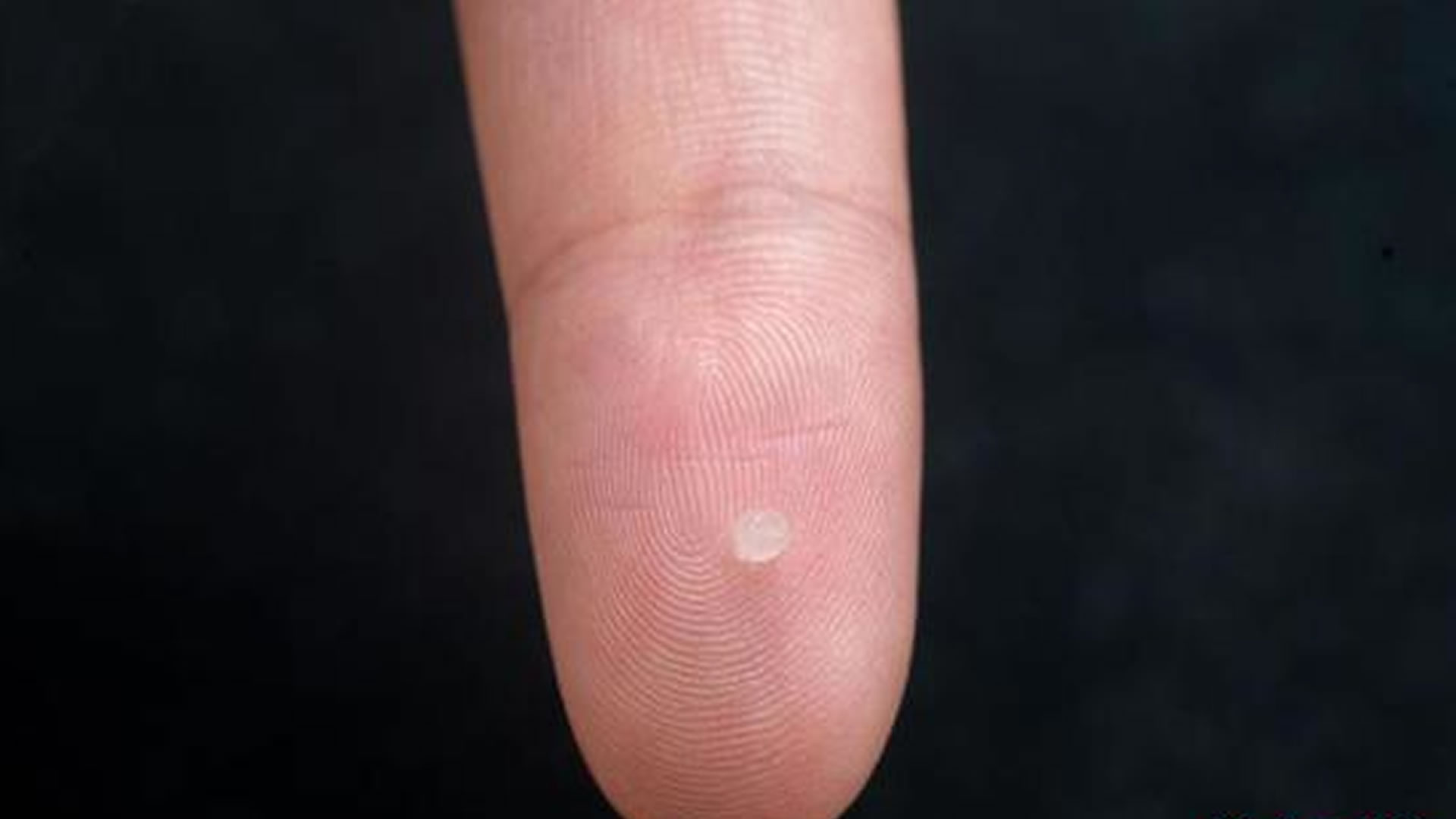Researchers from Huazhong University of Science and Technology (HUST) have developed a new gel-based sensor that can be implanted in the brain. About the size of a grain of sand, the new sensor is “dense” and can break down in the body in just over a month.
The hope for the biodegradable sensor is that it could be used to monitor the health of people with head injuries or cancer. The new gel-based sensor also does not require any invasive surgery for implantation and is completely wireless.
In tests on rats and pigs, the sensor was found to perform just as well as conventional wired sensors. The sensor can monitor key health indicators such as temperature, pH and pressure.
This means the new gel-based sensor could be used to monitor patients’ brains for tumors or additional brain injuries.
Wireless, gel-based soft sensor
“This technology is very likely to be useful for people in medical settings,” explained study co-author Yueying Yang, a biomedical engineer at HUST in Wuhan, China.
“This is a very comprehensive study,” says Christopher Reiche, who is involved in the development of implantable microdevices at the University of Utah in Salt Lake City.
Scientists have been working on developing implantable brain sensors for many years. However, most of these devices use cables to transmit data to doctors.
These wires are difficult to insert and remove and create openings in the skin that can allow viruses and bacteria to enter the body. Although wireless sensors offer a solution to this problem, their limited communication range and relatively large size are obstacles.
To address these issues, Yang and her team developed a series of 2-mm cube-shaped sensors using hydrogel. Hydrogel is a soft and flexible material commonly used in tissue regeneration and drug delivery.
These gel sensors change shape in response to different temperatures, pressures and pH levels. They also respond to vibrations caused by changes in blood flow to the brain.
Medical professionals can then scan the area using an ultrasound probe. This allows them to detect changes in the way ultrasound waves travel through the skull from the sensor’s “reactions” to changes in pressure, pH and temperature.
Sensitive but needs more work
The tiny gel cubes dissolve completely in saline after about four months and break down in the brain after five weeks. Tests on rats and pigs showed that the sensors were able to detect minimal changes in pressure and temperature, if not better, than conventional sensors.
For example, he was able to detect small changes in cranial pressure caused by the pig’s breathing. In comparison, cable probes do not have this sensitivity. Julia Koerner, a developer of hydrogel-based biomedical sensors at Leibniz University Hannover in Germany, believes that while the results are impressive, further work is needed to determine whether the sensors will be safe for human use.
The main concern is whether the byproducts formed when the sensors fail are harmful or can accumulate in other parts of the body. Tang said they will continue to investigate the safety of their system.
They also plan to refine it to ensure stable performance over longer periods and explore large-scale production of the devices.
The study is available in the journal Nature.
FOR THE EDITOR
Christopher McFadden Christopher graduated from Cardiff University in 2004 with an MSc in Geology. Since then he has worked exclusively in the built environment, occupational health and safety and environmental consultancy industries. He is a qualified and accredited energy consultant, green deal assessor and practicing member of IEMA. Chris’s main interests range from science and engineering, military and ancient history to politics and philosophy.



